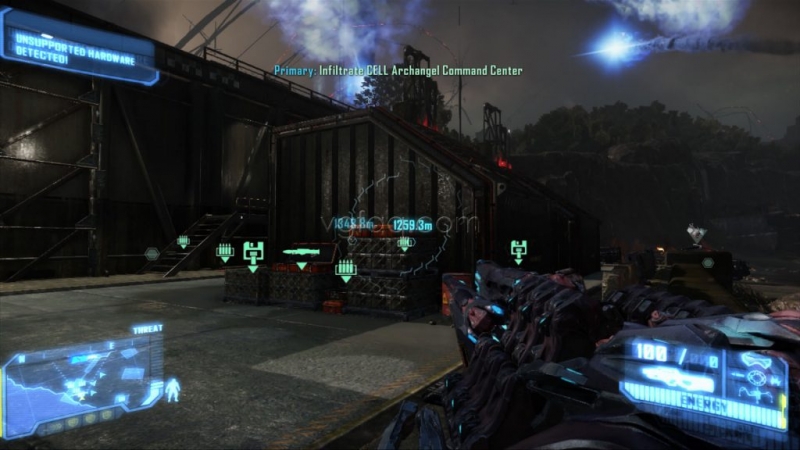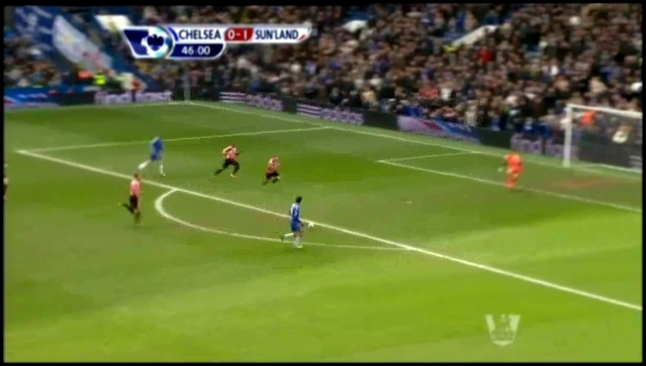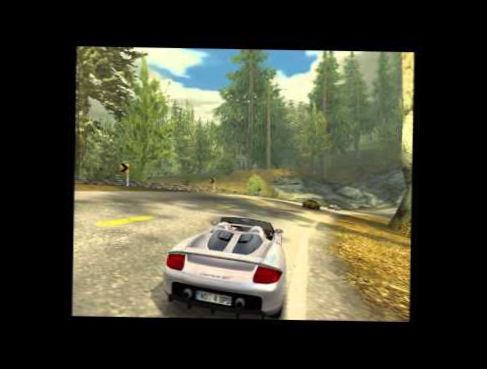Orchestra_German_Eastern_European
German Silent History Film-- Borders Of Germany 1871-1935 Made during the time of Hitler's Third Reich, this silent educational film made to have a script read over it while it played shows the varying borders of Western Germany during the period 1871- 1935, including after the Treaty of Versailles in 1918. Doubtless part of the idea and motivation behind this film was to demonstrate to the German people that many "Germanic peoples" were living in other parts of Europe nearby, and that Germany deserved to be a bigger state than it was permitted to be following the Treaty of Versailles.
Various Germanic tribes have occupied northern Germany since classical antiquity. A region named Germania was documented before 100 CE. During the Migration Period the Germanic tribes expanded southward. Beginning in the 10th century, German territories formed a central part of the Holy Roman Empire. During the 16th century, northern German regions became the centre of the Protestant Reformation.
The rise of Pan-Germanism inside the German Confederation resulted in the unification of most of the German states in 1871 into the Prussian-dominated German Empire. After World War I and the German Revolution of 1918–1919, the Empire was replaced by the parliamentary Weimar Republic. The establishment of the Third Reich in 1933 eventually led to World War II and the Holocaust. After 1945, Germany lost roughly one-quarter of its pre-war territory and evolved into two states, East Germany and West Germany. In 1990, the country was reunified.
The process of German expansion after WWI started in 1935, when residents of the Saar region, which had been ruled under a mandate by the League of Nations since the Versailles Treaty, decided to join Germany after holding a popular referendum. This was followed in March 1936 by the German army’s occupation of the Rhineland, which had been demilitarized after the end of the First World War. Hitler then legitimized the occupation by staging a popular referendum after the fact. In March 1938, after making a series of intimidating moves and threats against the Austrian government, Hitler’s Germany annexed his native Austria and incorporated it into the Reich as the Eastern March [Ostmark]. Again, Hitler staged a popular referendum to retroactively legitimize the so-called Anschluss [annexation]. None of these moves met with any appreciable resistance from the local population or the Western Allies, despite the fact that the remilitarization of the Rhineland represented a violation of the Versailles and Locarno treaties. Thus, in September 1938, Hitler moved on to the next phase of his plan: the liquidation of Czechoslovakia. First, he demanded the incorporation of Czechoslovakia's Sudetenland – a region inhabited by ethnic Germans – into the German Reich. After prolonged negotiations with the Western Allies above all Great Britain, who feared another European war, the Sudetenland was ceded to Germany in the Munich Agreement. This agreement, however, was made without Czech participation. In March 1939, German troops went on to occupy the rest of Czechoslovakia, where they established the “Protectorate of Bohemia and Moravia.” Slovakia was declared a German satellite state, and a “protective zone” for the stationing of German troops was established on its western border. In the same month, German troops occupied the Lithuanian Memel region, which Germany had lost under the Versailles treaty. Lithuania, which governed the region, was forced to sign a treaty that returned the Memel region to Germany. At this point, the aggressive and confrontational nature of Hitler’s foreign policy could not be ignored any longer. As a result, Great Britain guaranteed Poland’s sovereignty and promised its support in case of an attack. - Medieval_2_Total_War Orchestra_German_Eastern_European
Скачать быстроРазмер файла - 430.08 KB
Прочая музыка из игры
Various Germanic tribes have occupied northern Germany since classical antiquity. A region named Germania was documented before 100 CE. During the Migration Period the Germanic tribes expanded southward. Beginning in the 10th century, German territories formed a central part of the Holy Roman Empire. During the 16th century, northern German regions became the centre of the Protestant Reformation.
The rise of Pan-Germanism inside the German Confederation resulted in the unification of most of the German states in 1871 into the Prussian-dominated German Empire. After World War I and the German Revolution of 1918–1919, the Empire was replaced by the parliamentary Weimar Republic. The establishment of the Third Reich in 1933 eventually led to World War II and the Holocaust. After 1945, Germany lost roughly one-quarter of its pre-war territory and evolved into two states, East Germany and West Germany. In 1990, the country was reunified.
The process of German expansion after WWI started in 1935, when residents of the Saar region, which had been ruled under a mandate by the League of Nations since the Versailles Treaty, decided to join Germany after holding a popular referendum. This was followed in March 1936 by the German army’s occupation of the Rhineland, which had been demilitarized after the end of the First World War. Hitler then legitimized the occupation by staging a popular referendum after the fact. In March 1938, after making a series of intimidating moves and threats against the Austrian government, Hitler’s Germany annexed his native Austria and incorporated it into the Reich as the Eastern March [Ostmark]. Again, Hitler staged a popular referendum to retroactively legitimize the so-called Anschluss [annexation]. None of these moves met with any appreciable resistance from the local population or the Western Allies, despite the fact that the remilitarization of the Rhineland represented a violation of the Versailles and Locarno treaties. Thus, in September 1938, Hitler moved on to the next phase of his plan: the liquidation of Czechoslovakia. First, he demanded the incorporation of Czechoslovakia's Sudetenland – a region inhabited by ethnic Germans – into the German Reich. After prolonged negotiations with the Western Allies above all Great Britain, who feared another European war, the Sudetenland was ceded to Germany in the Munich Agreement. This agreement, however, was made without Czech participation. In March 1939, German troops went on to occupy the rest of Czechoslovakia, where they established the “Protectorate of Bohemia and Moravia.” Slovakia was declared a German satellite state, and a “protective zone” for the stationing of German troops was established on its western border. In the same month, German troops occupied the Lithuanian Memel region, which Germany had lost under the Versailles treaty. Lithuania, which governed the region, was forced to sign a treaty that returned the Memel region to Germany. At this point, the aggressive and confrontational nature of Hitler’s foreign policy could not be ignored any longer. As a result, Great Britain guaranteed Poland’s sovereignty and promised its support in case of an attack. - Medieval_2_Total_War Orchestra_German_Eastern_European
Возможно Вам понравиться ещё и:
German Silent History Film-- Borders Of Germany 1871-1935
Обратите внимание на эти материалы
Все комментарии на сайте (0)
Поделиться мнением
Случайная музыка из игр
Рекомендуемые ролики
Новые ролики
Популярная музыка из игр
Сейчас слушают
Самые популярные игры












![[Прикол по телефону] - [-В.Петровна, вы в контр страйк играете?XD ]](/uploads/images/p/r/i/prikol_po_telefonu_v_petrovna_vi_v_kontr_strajk_igraete_xd.jpg)







![Mania - Мой город [Женский Рэп Портал]](/uploads/images/1/_/m/1_mania_moj_gorod_zhenskij_rep_portal.jpg)
![Nephilim - Второй сын [C2 prod.]](/uploads/images/n/e/p/nephilim_vtoroj_sin_c2_prod.jpg)




![[Pain] - [Devil My Cry]](/uploads/images/p/a/i/pain_devil_my_cry.jpg)